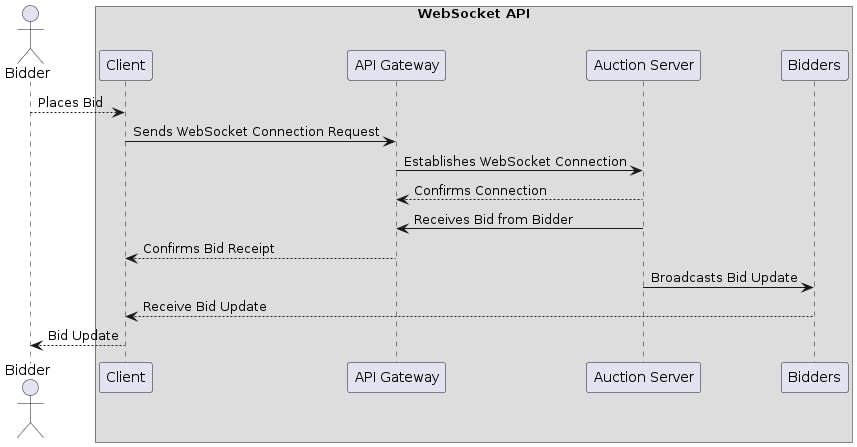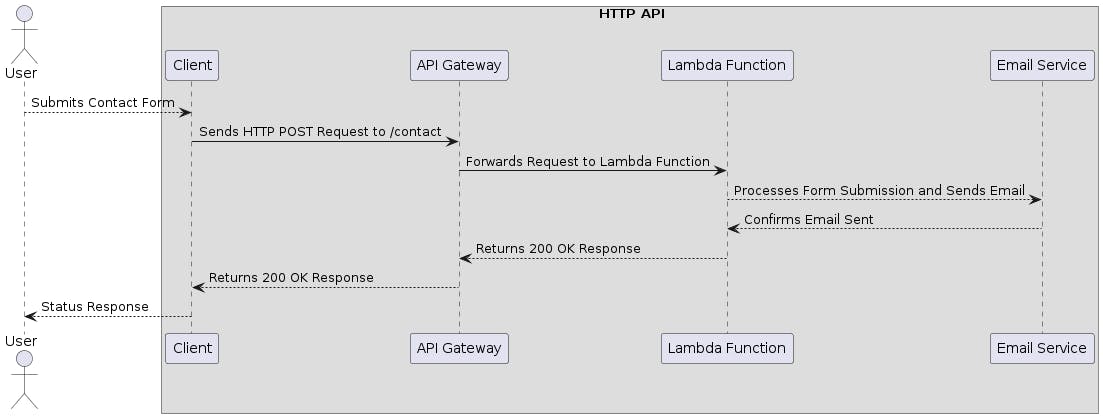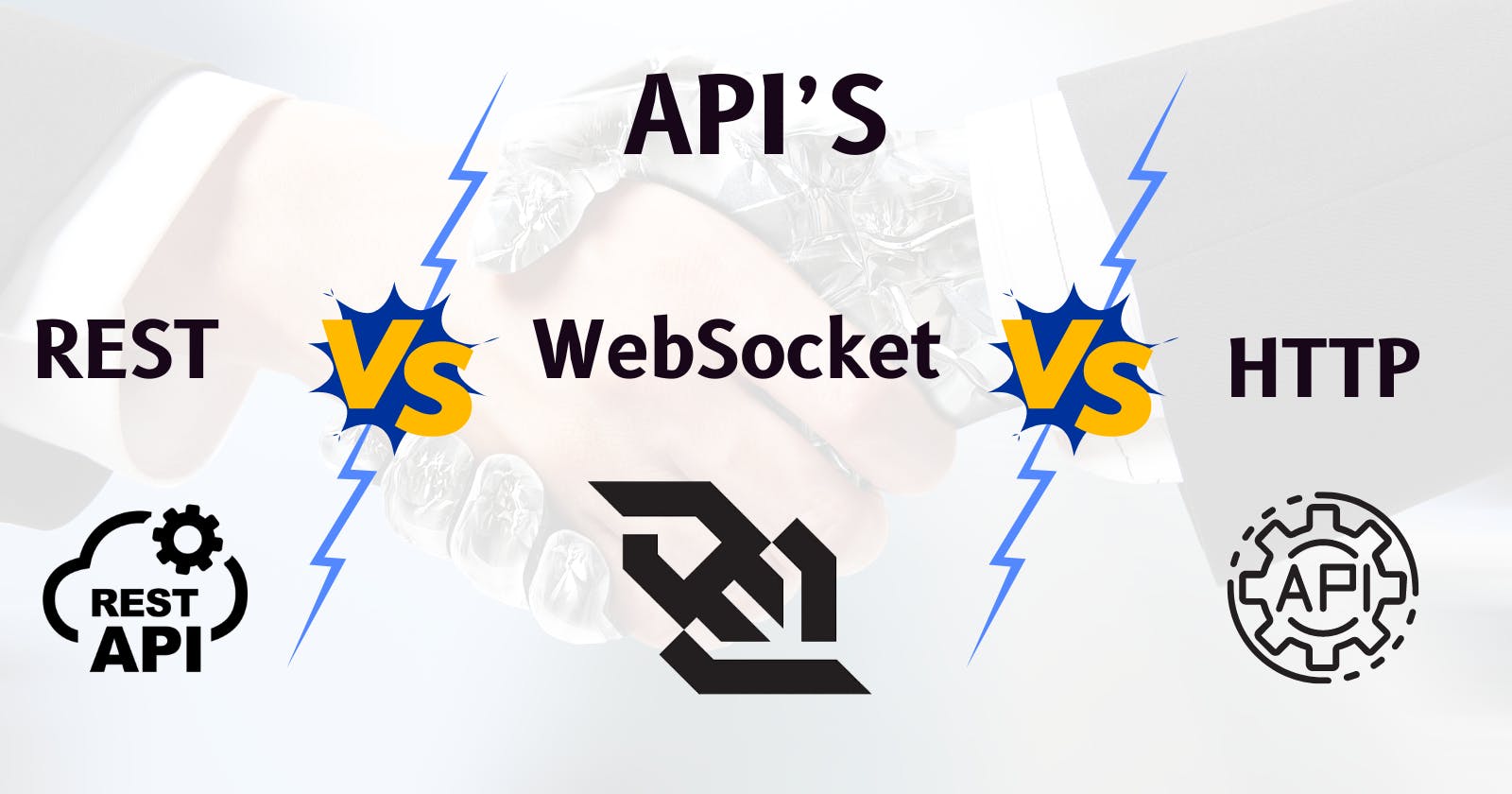Decoding Amazon API Gateway: A Primer on REST, WebSocket, and HTTP APIs
Navigating the World of API Communication in AWS
As businesses broaden their digital presence, the demand for effective and scalable API management solutions grows crucial. Amazon API Gateway, a fully managed service from AWS, provides a robust set of tools to streamline communication between applications and services. This article will explore three core API types offered by Amazon API Gateway: REST API, WebSocket API, and HTTP API. We'll delve into their features, use cases, and implementation approaches.
REST API
REST (Representational State Transfer) API is a widely adopted architectural style for designing networked applications. With Amazon API Gateway, developers can effortlessly create and deploy RESTful APIs to build scalable and secure web services. Here's what you need to know about REST API in Amazon API Gateway:
Real-Time Use Cases for REST API:
Real-Time Notifications: Send immediate updates or alerts to users, like new messages or system notifications.
Real-Time Collaboration: Enable simultaneous editing or collaboration among users in shared documents or projects.
Real-Time Monitoring and Alerts: Continuously monitor system metrics and trigger alerts based on predefined thresholds.
Example
Imagine you're developing a recipe app. Using Amazon API Gateway's REST API, you can fetch recipes from a database and display them to users. Here's a simplified example:
Resource: /recipes
Method: GET
Integration: Lambda function fetching recipes from a database.
Request: GET /recipes?category=desserts
Response: { "name": "Chocolate Cake", "ingredients": ["flour", "sugar", "cocoa"], "instructions": "..." }

WebSocket API
WebSocket API revolutionizes real-time communication by enabling bidirectional, full-duplex communication channels between clients and servers. Amazon API Gateway simplifies the implementation of WebSocket APIs, making it easier for developers to build interactive and responsive applications. Here's what you'll learn about WebSocket API in Amazon API Gateway:
Real-Time Use Cases for WebSocket API:
Chat Applications: Facilitate instant messaging and live communication between users without constant polling.
Live Gaming: Support real-time interactions and updates in multiplayer gaming environments for seamless gameplay.
Example:
Picture this: You're creating a live auction platform. With Amazon API Gateway's WebSocket API, bidders can place bids and receive instant updates on auction status. Here's a simplified example:
Endpoint: wss://api.example.com/auction
Connection: Establish WebSocket connection.
Messages:
Bidder sends: { "action": "placeBid", "auctionId": "123", "bidAmount": 100 }
Server broadcasts: { "auctionId": "123", "status": "newBid", "bidAmount": 100 }

HTTP API
Microservices architecture has gained immense popularity for building scalable and modular applications. Amazon API Gateway's HTTP API simplifies the development and management of microservices-based architectures, offering low-latency, cost-effective solutions. Here's what you'll discover about HTTP API in Amazon API Gateway:
Real-Time Use Cases for HTTP API:
Real-Time Dashboards: Dynamically update dashboards with live data, such as website traffic or server performance metrics.
Financial Trading Platforms: Provide instant updates on stock prices, market trends, and trade executions for traders.
Live Polling and Voting Systems: Enable users to submit and view votes in real-time during events or elections.
Real-Time Location Tracking: Track and update the real-time locations of vehicles, assets, or deliveries.
Example:
Imagine you're creating a contact form for a website. Using Amazon API Gateway's HTTP API, you can process form submissions and send emails seamlessly. Here's a basic example:
Endpoint: POST /contact
Integration: Lambda function handling form submissions and sending emails.
Request: POST /contact
Body: { "name": "Emily", "email": "emily@example.com", "message": "Hi, I have a question." }
Response: 200 OK (on successful submission).

Exploring the Characteristics and Use Cases of REST API, WebSocket API, and HTTP API
| Aspect | REST API | WebSocket API | HTTP API |
| Usage | Standard client-server communication over HTTP | Bidirectional, full-duplex communication | Lightweight and cost-effective web communication |
| State | Stateless, each request contains all necessary information | Maintains a persistent connection between client and server | Stateless, similar to REST API |
| Request Methods | Utilizes standard HTTP methods like GET, POST, PUT, DELETE | Doesn't rely on traditional HTTP methods, uses message events instead | Utilizes standard HTTP methods like GET, POST, PUT, DELETE |
| Use Cases | Web services, fetching data, CRUD operations | Real-time applications requiring instant updates (e.g., chat apps, gaming, live streaming) | Suitable for serverless architectures, simple API use cases, microservices |
| Communication Style | Follows a request-response model, suitable for asynchronous interactions | Enables seamless, low-latency communication between clients and servers | Provides efficient routing and integration with serverless functions (e.g., AWS Lambda), optimized for serverless environments |
Conclusion:
In conclusion, Amazon API Gateway emerges as a pivotal tool, seamlessly connecting applications and services. Understanding REST API, WebSocket API, and HTTP API empowers developers to enhance efficiency and scalability. Mastering Amazon API Gateway is essential for staying competitive in the digital landscape, offering a comprehensive suite of features for innovative solutions.
